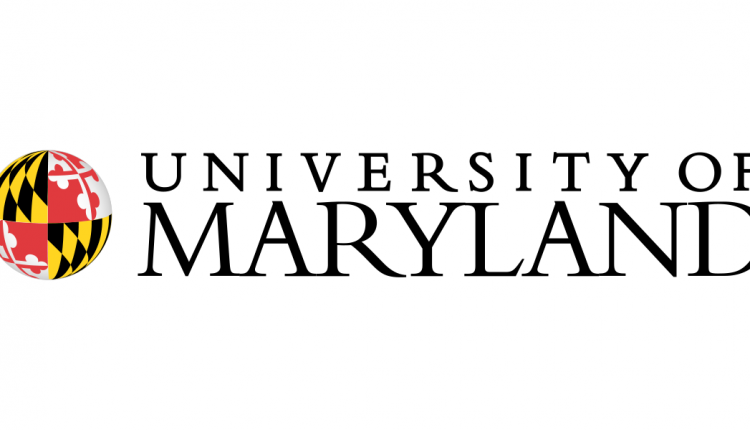University of Maryland: Urban Trees Rooted in Redlining and Environmental Injustice, UMD-Led Research Finds
More than eight decades after U.S. government maps formalized discriminatory real estate practices, new University of Maryland research is showing how one legacy of “redlined” neighborhoods is still blooming in contemporary Baltimore’s environment.
The study, led by entomology Assistant Professor Karin Burghardt and published Friday in Ecology, analyzed streetside trees in 36 Baltimore neighborhoods and compared their quality to how those areas were once rated by the Home Owners’ Loan Corporation (HOLC). That New Deal-era program, which labeled areas as green, blue, yellow or red (for “hazardous”), was designed to boost the real estate industry through identifying prime spots for investment.
But it also cemented urban decay and racial wealth disparities by denying many racial and religious minority residents the financing needed to buy their own homes. As a result, residents shunted elsewhere often experienced lower property values, resource investment by cities and wealth accumulation decades into the future.
And more than 50 years after the 1968 Fair Housing Act banned redlining, Baltimore neighborhoods once rated green by HOLC are still nine times more likely to have larger and older trees than redlined places, meaning they are better able to provide shade to counter heat waves, absorb stormwater and offer havens for species like birds that mitigate pests, Burghardt says.
“These differences in tree communities and size may help explain why red-lined spaces have become associated with poorer health outcomes and shorter life expectancies for people living in them.”
[The Thick Red Line: iSchool Researchers Digitize 1930s Maps to Show Legacy of U.S. Housing Discrimination]
In addition, the trees in redlined areas were not only younger, but were more likely to be from a single species, red maple. That lack of diversity could one day make those neighborhoods vulnerable to environmental problems like plant disease or invasive insects.
“When we are doing these plantings, we need to be aware of the potential ecological legacies we are creating,” Burghardt says. “If you are really overinvested in one species, then these areas that we reforested all at once are going to be hit worse.”
According to Burghardt, Baltimore’s new sustainability goals and efforts by city foresters and local tree-planting organizations have likely created an ongoing push to increase tree canopy cover and biodiversity in previously under-invested areas in the city. With this movement and others like it, she believes that more people from all communities in Baltimore will be able to enjoy the natural benefits that trees provide and do their part in the fight against climate change.
Ultimately, the research team hopes that its study will help Baltimore residents and policymakers gauge current efforts at promoting environmental justice and biodiversity. Data from HOLC color-coded maps and records of existing trees suggest that more can be done to overcome Baltimore’s socioecological challenges, including additional maintenance of young trees after planting and more focus on social investment in redlined communities.
Funded by the National Science Foundation and the U.S. Department of Agriculture, this research is the latest contribution to the 25-year Baltimore Ecosystem study. In addition to Burghardt, co-authors of the study include researchers from Johns Hopkins University, the USDA Forest Service Baltimore Field Station and the University of Maryland, Baltimore County.

